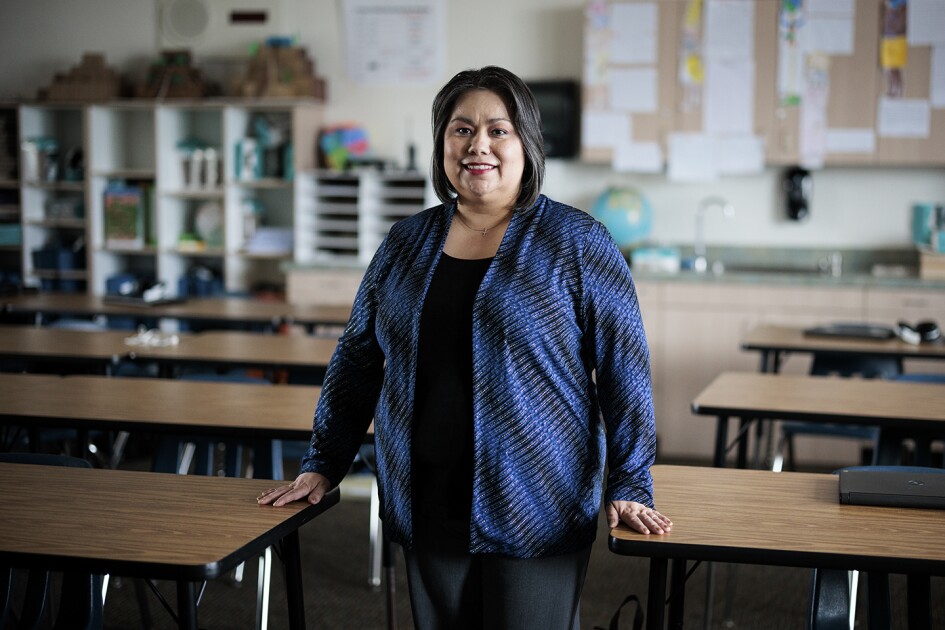One of the things Education Week really enjoys doing at educational-technology conferences is holding special briefings for readers on hot topics in the K-12 world. It’s an opportunity for us to share what we’ve learned over the past year and hear readers’ hopes and frustrations up close and personal.
Those sessions also help us better understand the questions educators are struggling to answer, such as: With all the infusion of digital tools into K-12 schools, why is technology not leading to meaningful innovation in the way teachers teach?
At the SXSWedu conference in Austin this March, I presented a talk on that topic that drew hundreds of educators, ed-tech company executives, and others. At the ASU+GSV education industry summit in San Diego this month, our special briefings with the same focus attracted standing-room-only crowds and triggered some of the most lively Q&A discussions I have ever moderated.
The fact that the topic generates so much engagement shows how hungry people are for insights and information that cut through the hype around the digital revolution. Technology Counts 2019 is designed to feed that hunger, with a nationally representative survey of 700 teachers that essentially shows that, despite the hype, or maybe even because of it, there’s considerable skepticism in the field around the idea that ed-tech innovations will dramatically improve teaching and learning.
The Education Week Research Center survey reveals that the technology ecosystem many teachers experience is one characterized by incremental, rather than transformational, changes. Fewer than 3 in 10 teachers say the classroom technology they have provides “a lot” of support for innovation.
Beyond that, we found plenty of signs that the technologies currently in classrooms are having very little, if any, influence in changing teachers’ practices or beliefs about what teaching and learning should look like in the digital age. They continue to simply layer new technologies on top of their current teaching practices—not exactly innovation at its best.
One big problem appears to be support. Teachers need much better ed-tech training and encouragement to experiment. Until that happens, innovation will remain more idea hype than classroom reality.
—Kevin Bushweller
Executive Project Editor








